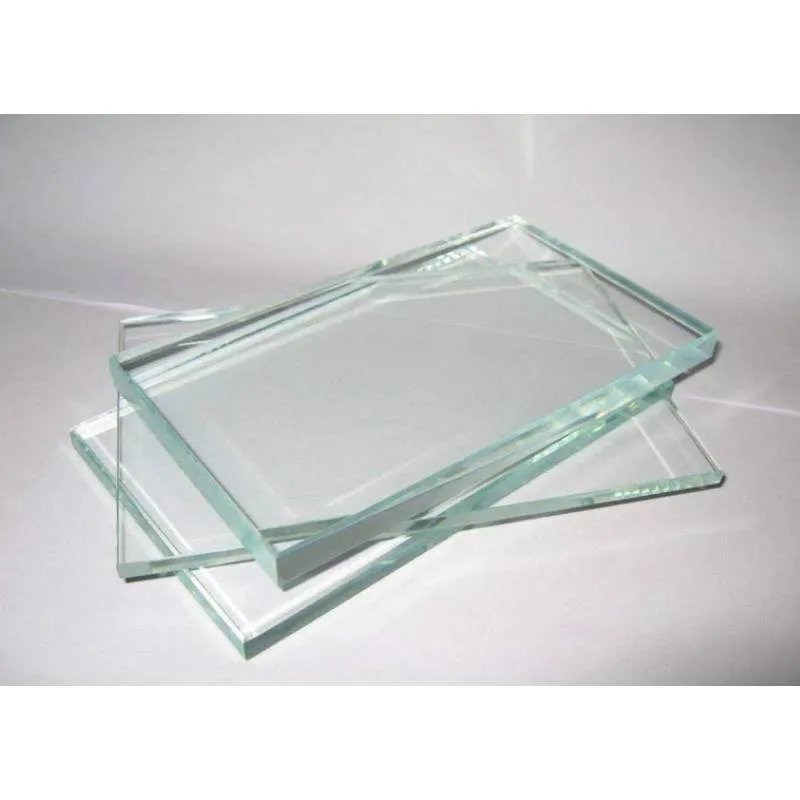Understanding the Prices of Toughened Safety Glass Factors and Considerations
Toughened safety glass, also known as tempered glass, is a type of glass that has been treated through controlled thermal or chemical processes to increase its strength compared to normal glass. This type of glass is specifically designed to be safer and more durable, making it the preferred choice for a variety of applications, including windows, doors, facades, and even automotive windows. As with any specialized material, the prices of toughened safety glass can vary significantly based on multiple factors. This article will explore these factors while providing insights into what drives the cost of this essential building material.
Manufacturing Process
The production of toughened safety glass involves a complex process that includes heating the glass to high temperatures and then rapidly cooling it. This process not only enhances the glass's strength but also adjusts its thermal stability. The high temperatures required for tempering, alongside the rapid cooling, make the manufacturing process energy-intensive. Consequently, the operational costs associated with heating chambers and cooling systems can affect the final price of the glass. Additionally, the skilled workforce required to operate and maintain such specialized equipment adds to production costs.
Thickness and Size
The thickness and dimensions of toughened glass sheets are crucial determinants of price. Standard thicknesses typically range from 4mm to 19mm, with thicker sheets generally being more expensive due to the increased amount of raw materials used and the additional processing steps required. Larger sheets also contribute to higher costs, as they may require more robust transportation and handling solutions to ensure safety and prevent breakage during transit. Therefore, customers should assess their specific needs and consider whether the size and thickness impact the overall price significantly.
Safety Standards and Certifications
Toughened safety glass must comply with various safety standards and certifications depending on the region and intended use. In many cases, producers must undertake tests and obtain certifications that guarantee the glass meets specific requirements regarding impact resistance, thermal performance, and safety. The rigorous testing and certification processes can add an additional layer of costs to manufacturers, which can, in turn, be reflected in the pricing for consumers. Buyers should be mindful of the certifications when considering cost, as compliance often ensures a higher quality and safer product.
toughened safety glass price
Market Demand and Supply
Market dynamics play a substantial role in determining the price of toughened safety glass. When demand exceeds supply, prices tend to rise. Factors influencing demand include construction booms, increases in renovation projects, and heightened regulations for safety in buildings, which often necessitate the use of toughened glass. Seasonal fluctuations can also impact market availability. For example, demand might spike during the summer months when construction projects are more prevalent. Understanding these trends can help consumers time their purchases to take advantage of potentially lower prices.
Geographic Location
Geographic location can also significantly impact the price of toughened safety glass. Shipping costs, regional raw material availability, and local regulations can vary widely, leading to price discrepancies between areas. For instance, regions with booming construction industries may experience higher demand and, thus, higher prices compared to areas where such projects are less common. Moreover, transporting glass over long distances can add to its cost, making it more economical to source glass from local suppliers when possible.
Customization and Additional Features
Customization options, such as laminating or providing coatings for UV protection or privacy, can also lead to increased prices. While standard toughened glass may come at a lower price point, specialized features often come at an additional cost. Consumers should weigh the importance of these features against their budgets to make informed decisions.
Conclusion
In conclusion, the price of toughened safety glass is influenced by a multitude of factors ranging from manufacturing processes to market dynamics and geographic considerations. By understanding these aspects, consumers and businesses can make better-informed decisions, ensuring they choose the right type of toughened glass that meets their safety and budgetary requirements. As the demand for this versatile material continues to grow, keeping abreast of market trends and factors affecting pricing will remain crucial for making cost-effective choices.
 Afrikaans
Afrikaans  Albanian
Albanian  Amharic
Amharic  Arabic
Arabic  Armenian
Armenian  Azerbaijani
Azerbaijani  Basque
Basque  Belarusian
Belarusian  Bengali
Bengali  Bosnian
Bosnian  Bulgarian
Bulgarian  Catalan
Catalan  Cebuano
Cebuano  Corsican
Corsican  Croatian
Croatian  Czech
Czech  Danish
Danish  Dutch
Dutch  English
English  Esperanto
Esperanto  Estonian
Estonian  Finnish
Finnish  French
French  Frisian
Frisian  Galician
Galician  Georgian
Georgian  German
German  Greek
Greek  Gujarati
Gujarati  Haitian Creole
Haitian Creole  hausa
hausa  hawaiian
hawaiian  Hebrew
Hebrew  Hindi
Hindi  Miao
Miao  Hungarian
Hungarian  Icelandic
Icelandic  igbo
igbo  Indonesian
Indonesian  irish
irish  Italian
Italian  Japanese
Japanese  Javanese
Javanese  Kannada
Kannada  kazakh
kazakh  Khmer
Khmer  Rwandese
Rwandese  Korean
Korean  Kurdish
Kurdish  Kyrgyz
Kyrgyz  Lao
Lao  Latin
Latin  Latvian
Latvian  Lithuanian
Lithuanian  Luxembourgish
Luxembourgish  Macedonian
Macedonian  Malgashi
Malgashi  Malay
Malay  Malayalam
Malayalam  Maltese
Maltese  Maori
Maori  Marathi
Marathi  Mongolian
Mongolian  Myanmar
Myanmar  Nepali
Nepali  Norwegian
Norwegian  Norwegian
Norwegian  Occitan
Occitan  Pashto
Pashto  Persian
Persian  Polish
Polish  Portuguese
Portuguese  Punjabi
Punjabi  Romanian
Romanian  Russian
Russian  Samoan
Samoan  Scottish Gaelic
Scottish Gaelic  Serbian
Serbian  Sesotho
Sesotho  Shona
Shona  Sindhi
Sindhi  Sinhala
Sinhala  Slovak
Slovak  Slovenian
Slovenian  Somali
Somali  Spanish
Spanish  Sundanese
Sundanese  Swahili
Swahili  Swedish
Swedish  Tagalog
Tagalog  Tajik
Tajik  Tamil
Tamil  Tatar
Tatar  Telugu
Telugu  Thai
Thai  Turkish
Turkish  Turkmen
Turkmen  Ukrainian
Ukrainian  Urdu
Urdu  Uighur
Uighur  Uzbek
Uzbek  Vietnamese
Vietnamese  Welsh
Welsh  Bantu
Bantu  Yiddish
Yiddish  Yoruba
Yoruba  Zulu
Zulu 

